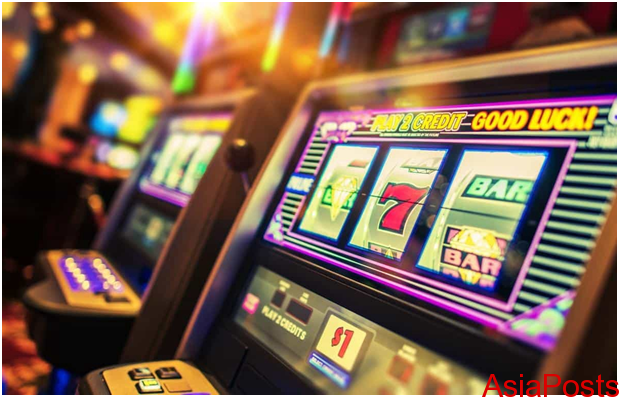[ad_1]
ATTRACTIONS, AIRLINES LOOK FORWARD TO WELCOMING TOURISTS
Abe employs about 50 people and resorted to layoffs after the pandemic struck in 2020. Some Akihabara shops have closed down since then, but he bided his time.
“Hanging on is where power lies,” Abe said. “Now, I am a bit worried about a shortage of workers.”
Retailers in Akihabara and other businesses in Japan that relied heavily on visitors from all over have had a tough couple of years. Major retail chain Laox shuttered its Akihabara store, keeping open only its outlets at Narita airport and in the ancient capital of Kyoto.
The city of Nara, famous for its temples, shrines and sake breweries, is banking on the return of tourists from other parts of Japan along with those from abroad. A pastoral getaway with deer roaming free in parks and glorious autumn foliage, it is a destination recommended for people worried about risks of visiting crowded destinations, said Katsunori Tsuji of Nara Prefecture’s tourism promotion division.
“There are aspects of life that Japanese have preserved over the years in Nara that you can truly sense and enjoy, that spiritual element,” he said.
About 10 years ago, Chinese tourists visiting in huge groups to snag European luxury brands and even high-tech toilet seats bought so much that their purchases were known as “baku-gai” (a combination of the Japanese words for “explosive” and “purchase”).
Some 32 million foreign tourists visited Japan in 2019 before the pandemic. The travel and tourism sector then contributed more than seven per cent to Japan’s economy, according to the World Travel and Tourism Council.
[ad_2]




















































